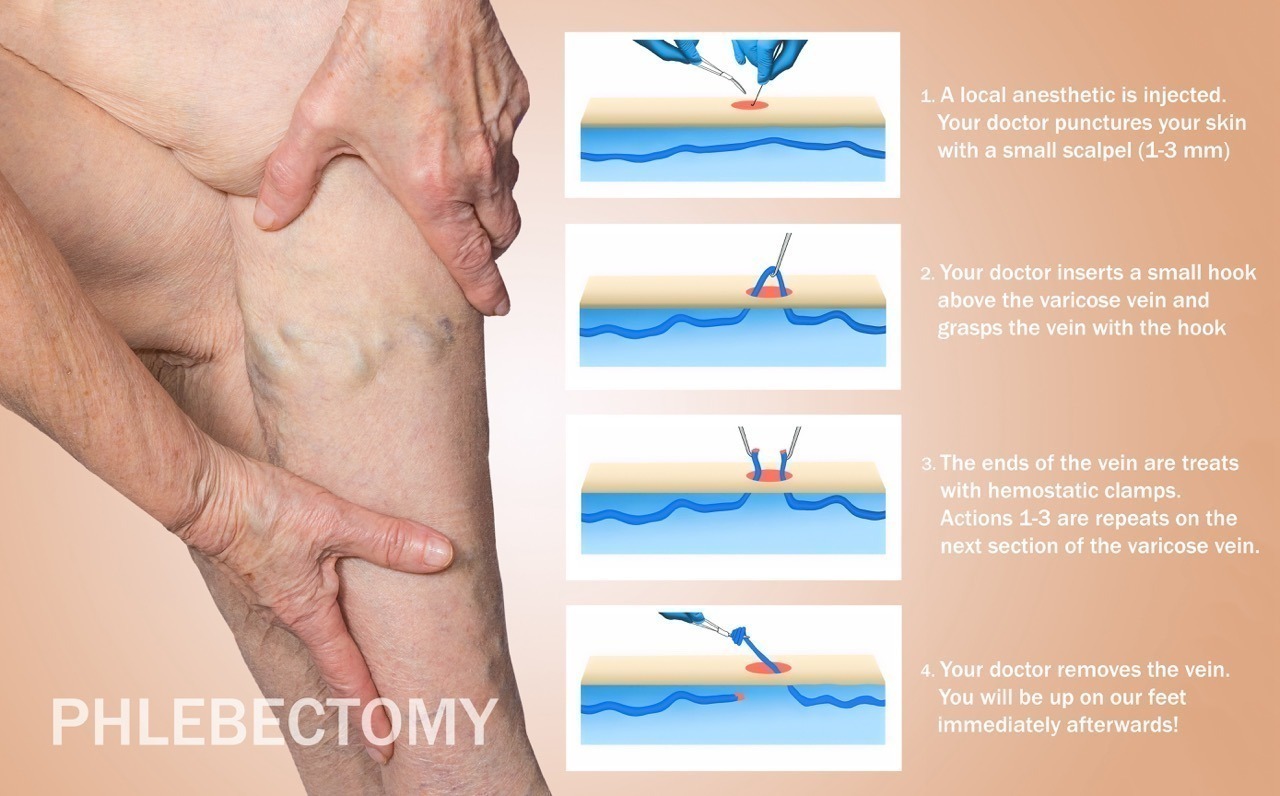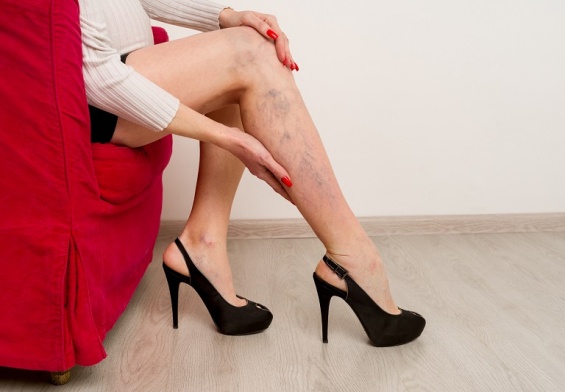Phlebectomy is the removal of Varicose veins. Varicose veins are a condition that affects many people which, while typically not a very serious health issue, does affect the look of the skin and the quality of life of the patient. Some studies have shown that up to half of adult women in the United States and many men as well will experience varicose veins at some point. Over the years many different methods of treatment for varicose veins have been developed. Many people are turning to phlebectomy in New Jersey because it is an excellent procedure for the removal of varicose and other superficial veins. This treatment can be given by a physician at a vein center in New Jersey.
How Does it Work?
When a doctor performs a phlebectomy procedure on a patient, he or she will be using a surgical technique to remove superficial or unsightly veins from the legs of the patient. While this may sound like a very invasive surgery, the truth is quite the opposite. When performing a phlebectomy procedure, doctors make tiny incisions through which they remove the veins. This helps to keep the surgery as minimally invasive as possible.

The Phlebectomy Procedure
When performing a phlebectomy procedure, the first thing that a physician will do is mark the areas of the veins that are going to be removed. By marking the veins clearly, the physician will be able to work much more accurately and not make any excess cuts. Once the area that will be worked on has been marked, a local anesthetic will be give to numb the area prior to cutting. Physicians choose to use local anesthetics rather than general anesthetics for this procedure because they are much less risky and take less time to recover from. Once the patient is all marked and numbed, the doctor will begin actually removing the veins. This is done by making small incisions around the vein and cutting the vein out piece by piece. The advantage to making many small incisions and taking the veins out piece by piece is that the cuts will heal faster and the procedure itself is less invasive. There is also less risk of scarring when the procedure is done this way.
Post-Phlebectomy Care
Phlebectomy is typically done as an outpatient procedure and does not take very long. Upon returning home, patients are usually required to wear compression stockings for a week or so in order to help support the veins and to help restore normal, healthy circulation. Depending on the severity of the procedure, patients may be required to wear them for longer than one week. Explore how home care services such as chronic care can provide comfort and assistance during your healing process.
Preparation for Phlebectomy
It’s always a good idea to discuss any surgeries that you may be considering having with your doctor first. He or she will be able to go through the risks and benefits with you and help you to decide if you are a good candidate for this type of procedure. One of the first things a doctor will try to determine is whether varicose veins are the main issue or if there are other, underlying conditions that need to be corrected first. He or she will then try to determine if there are clots or blockages in the deeper veins that need to be dealt with before phlebectomy can be performed. There may be other procedures that need to be done at the same time or on another visit. Your doctor can help explain what these are and why they are needed. By discussing the details of this procedure with your doctor you can be assured that you will have all of the information you need to make your decision.
Finally, the last step when preparing for your procedure is to find the location and professional that you want to perform the procedure. You’ll want to find a healthcare professional to perform the procedure that is both highly qualified and highly experienced. The doctor should have all of the required licenses and diplomas as well as a wealth of experience performing the procedure that you will be undergoing. It might be wise to ask around for recommendations from other individuals who have had the same procedure done. Ask how their experiences were and if they would recommend their doctors. This will help to reduce any risks that are associated with the phlebectomy procedure.
Risks and Side Effects
Even though phlebectomy is an extremely safe procedure, as with any surgical procedure there are a few risks that do exist. Temporary bruising and swelling in the area where the veins were removed is not uncommon. This is typically temporary and your physician may advise you to wear compression stockings to help reduce this side effect. Phlebectomy typically uses such small incisions that stitches are generally not required and the small cuts should heal without scars.



